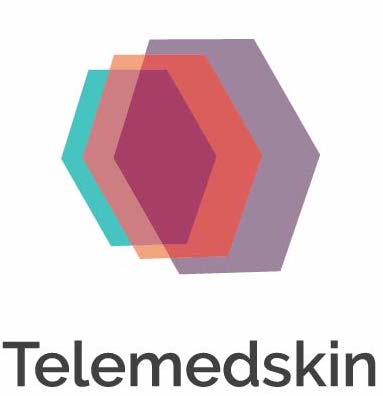Teledermatology + Teledermoscopy in inflammatory lesions: some practical advice
- We have evolved over the last few years, that there is more literature regarding dermoscopy or inflammascopy in literature. And non-specific rashes, which could have been treated as insect bite or eczema could be easily now diagnosed as scabies with these clues when you have dermoscopy images.
- Advice for clinical picture taking:
- adequate lighting to properly visualize the entire rash.
- Make sure that there is no glares or shadows.
- Use a solid background without patterns.
- The image should be free of artifacts, tell the patients to take their jewelry or shiny watch or things like that.
- Avoid altering the images using filter, especially if it is coming from the patient. Instagram or Snapchat filters make it look good, but bring confusion.
- Advice for teledermoscopy image capturing:
- Include some normal skin to contrast, I would say at a ratio of 25/75: 25 of normal skin and 75 of affected skin.
- If the lesion or the rash occupies a small surface, then make sure that the rash is in the center and not displaced at the periphery.
- Always get a non-contact polarized image first, because that will actually give you the vessel arrangements, which are really important for making a diagnosis when diagnosing a rash.
- Then follow up by polarized contact, then non-polarized images, which can actually give display epidermal changes and scaling, things like that better.
- Make sure to get some complimentary views when photographing rashes such as bilateral anatomical topography mapping: for example if the left elbow is involved, make sure to include the picture of the right elbow.
- If the rash is large and it has different morphologies, make sure to take multiple dermoscopy images.
- If capturing dermoscopy images for a lesion on the mucosa, whether it is mouth or the genital area or perianal area, these dermatoscopes come with a disposable “cap” : which are for single use.
Reference: Trilokraj Tevasvi, MD. Making online decisions inflammatory dermatoses. 8th World Congress of Teledermatology, Skin Imaging and AI in Skin diseases – November 2020
